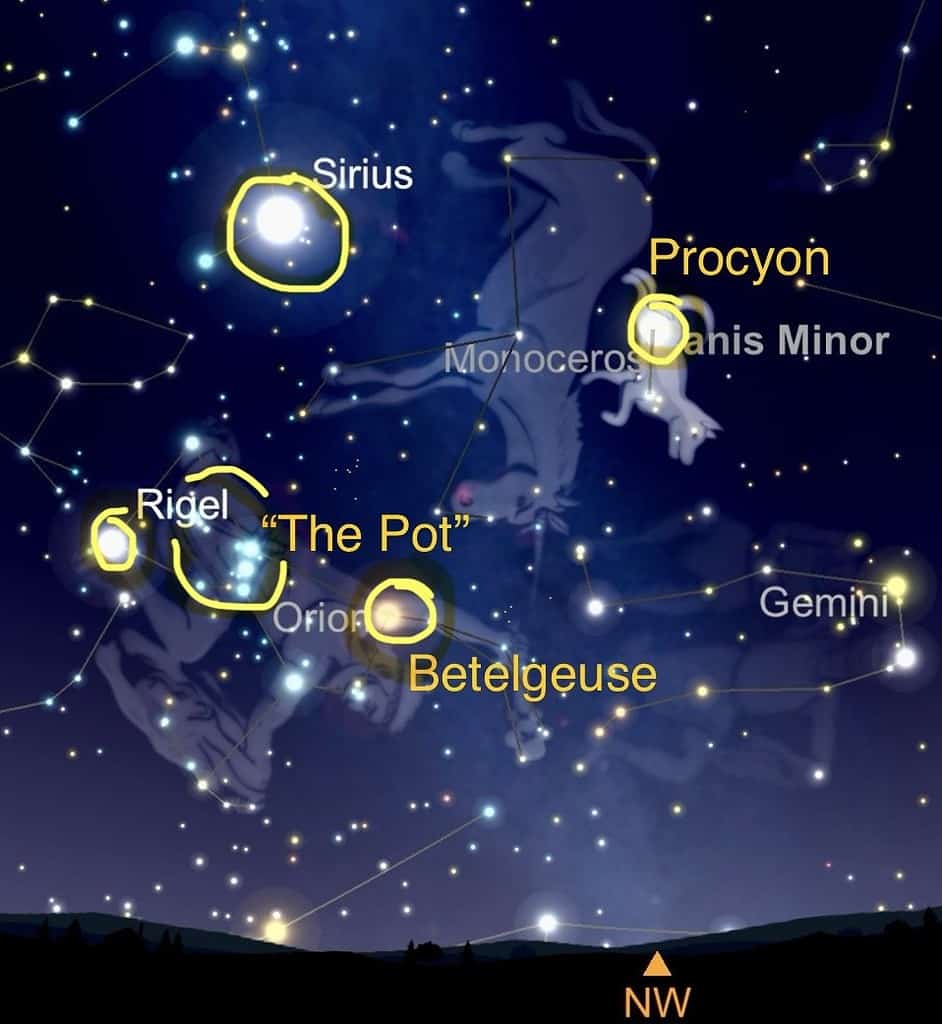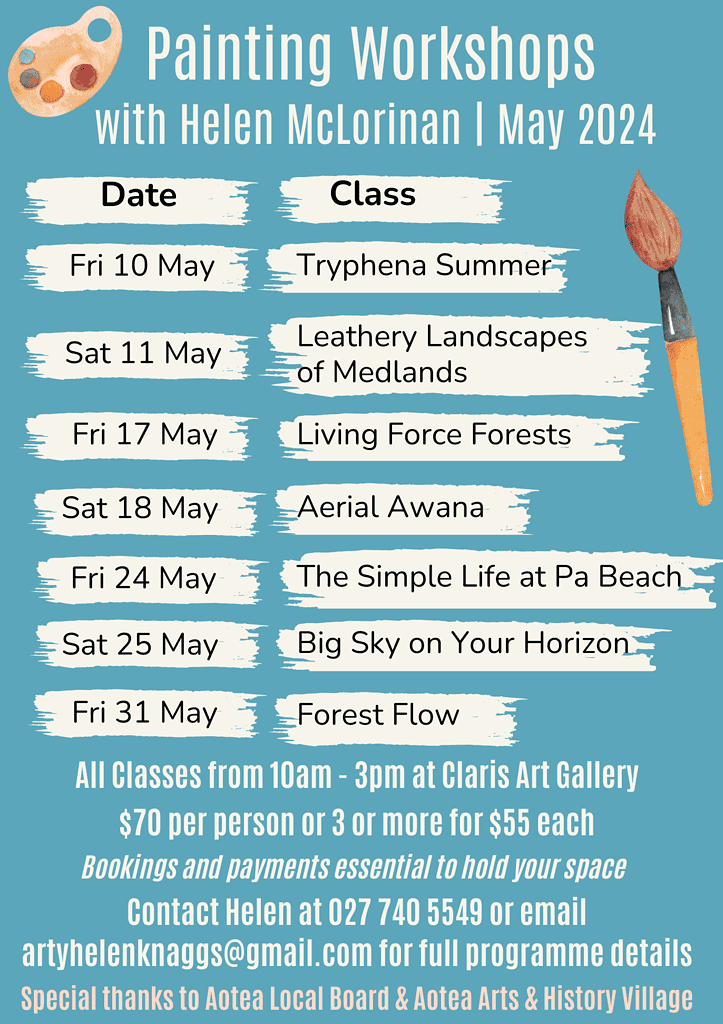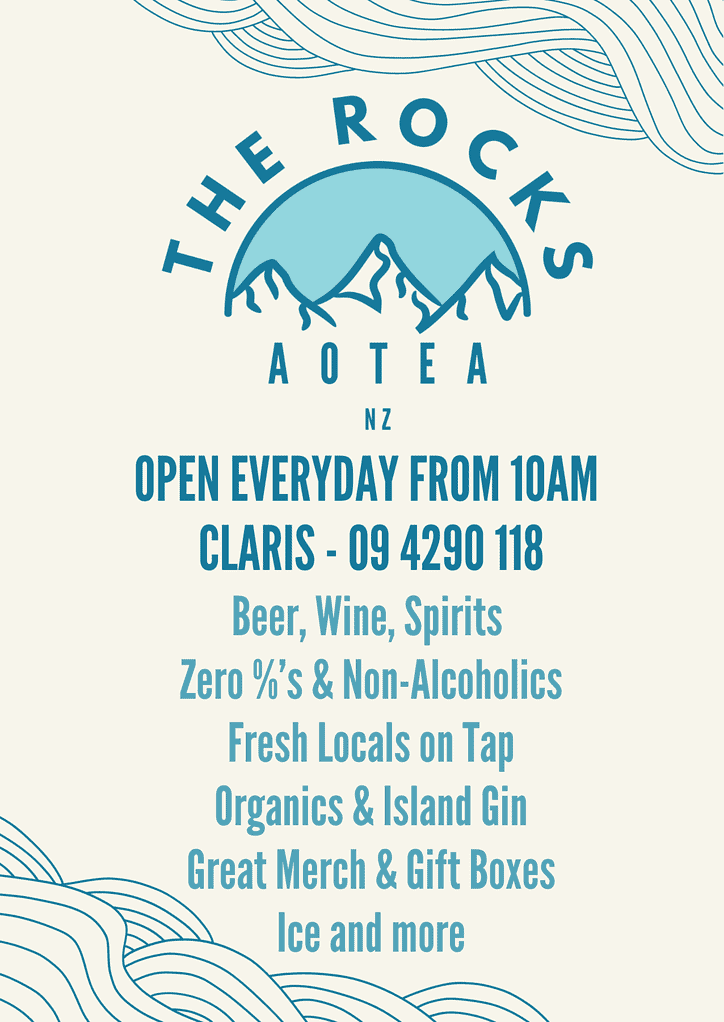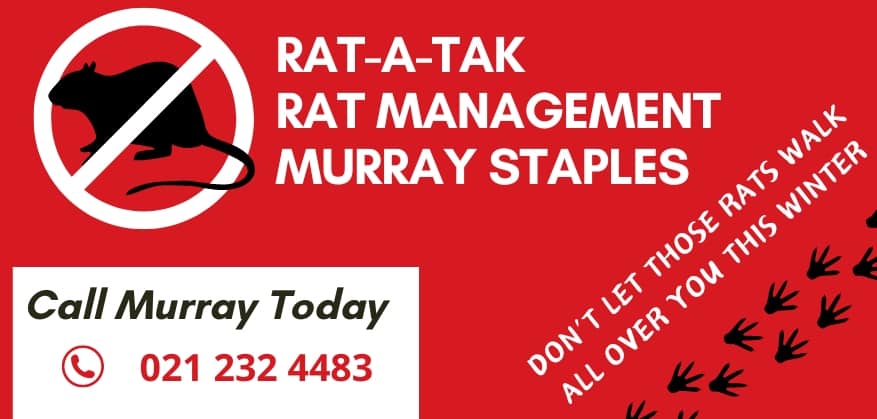A Sparkle of Stargazing
In this stargazing snippet let’s gaze at Orion and his dogs before they set in the west. Start by popping on some warm clothes and turning all the lights off. Go outside and take at least 10 minutes for your eyes to adjust to the dark. Now you’re ready to go!
Look west and find Orion’s belt and sword, commonly known as ‘The Pot’. Orion is finishing his cartwheel through our southern hemisphere sky. His bright left foot, named Rigel, sticks out towards the west. Rigel is a blue-white supergiant star. That means it is both hot and huge! While it’s 860 light years away from us, it’s the seventh brightest star in our night sky.

Diagonally across Orion is Betelgeuse. Betelgeuse is a red supergiant star which represents Orion’s shoulder or armpit. This star appears distinctly orange in colour to our eyes, so it’s easy to spot. The orange / red colour indicates that this star is cooling down. It has used up all the hydrogen it has in its core and is fusing helium into carbon and oxygen, and onwards to higher elements like neon and silicon until it reaches iron. Betelgeuse will then collapse and explode as a supernova! Some astronomers believe that Betelgeuse may explode in the next thousand years. Or maybe it’s already exploded and we are just waiting to see it? At a distance of around 500 light years, maybe the supernova is traveling towards us right now?
Above Orion is his big dog, Canis Major. This constellation contains the brightest star in the night sky, Sirius, or the ‘Dog Star’. It’s bright because it’s close to us, the fifth nearest star to our sun at only 8.6 light years away, plus it’s around twice the size of our sun and 23 times as luminous.
Look across the Orion Spur of the Milky Way to the little dog, Canis Minor. This contains the bright yellow-white star Procyon. Another close star, it’s the 14th closest star to our sun at 11.4 light years away and comes in at the 8th brightest star in our sky.
Enjoy these distinctive stars we see so well above Aotea!
Did you know that birds can be disrupted by lights?
The Tāiko / black petrel is fledging soon (typically in May) and we really want to give them the best start possible. So please, turn your lights off when they’re not required and choose warm coloured bulbs. 1800K is ideal – it’s written on the bulb. We think a dark sky is the best sky and we hope you do too!
To know more about how to keep our night sky dark, and why, contact your local Dark Sky Coordinator, Deb Kilgallon (deborahkilgallon@gmail.com).
Words by Deb Kilgallon, our Dark Sky Coordinator



















